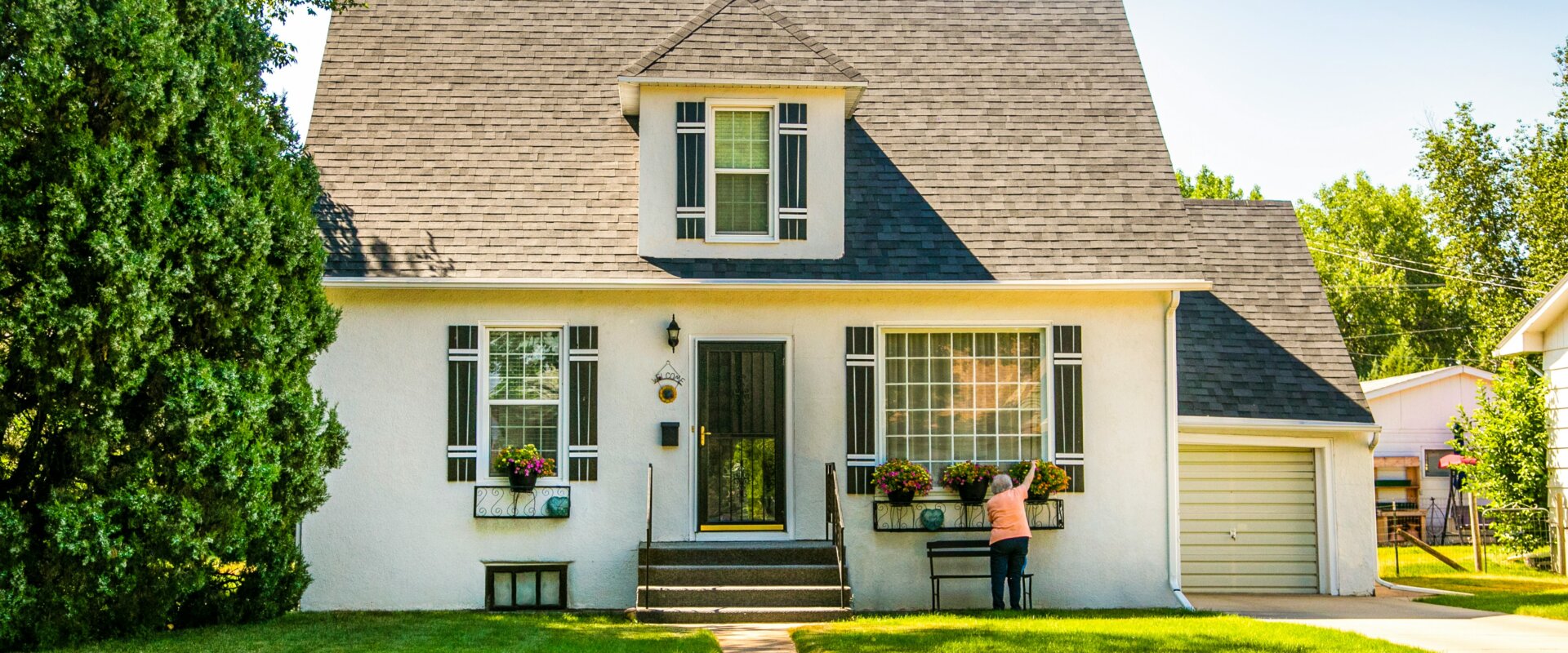Colorado, with its diverse landscapes and ever-changing weather patterns, poses unique challenges to the durability of residential and commercial roofs. From scorching summers to icy winters, the Centennial State’s roofs endure a wide range of conditions that can impact their lifespan. In this article, we’ll explore the factors influencing the longevity of roofs in Colorado and provide insights into how long property owners can expect their roofs to last.
- Material Matters:
The type of roofing material plays a crucial role in determining how well a roof can withstand Colorado’s climate. Common roofing materials include asphalt shingles, metal, tile, and wood. Each material has its strengths and weaknesses in the face of the state’s specific weather conditions.
- Asphalt Shingles: The most popular choice, asphalt shingles, can last anywhere from 15 to 30 years. However, their lifespan can be affected by Colorado’s intense UV radiation, hailstorms, and rapid temperature fluctuations.
- Metal Roofing: Known for durability, metal roofs can endure for 40-70 years. They are resistant to hail damage and can effectively shed snow, making them suitable for Colorado’s variable climate.
- Tile and Slate: These materials are highly durable, with lifespans ranging from 50 to over 100 years. They can withstand harsh weather conditions, making them a solid choice for Colorado homes.
- Hail Hazards:
Colorado is notorious for severe hailstorms, especially during the summer months. Hail can cause significant damage to roofs, leading to premature aging and reducing their lifespan. Property owners should invest in impact-resistant roofing materials and conduct regular inspections to address hail damage promptly.
- UV Radiation Exposure:
The state’s high altitude means increased exposure to UV radiation, which can accelerate the deterioration of roofing materials. Regular maintenance, such as coating applications or choosing UV-resistant materials, can help mitigate the impact of intense sunlight.
- Winter Worries:
Snow and ice accumulation are common in Colorado, particularly in mountainous regions. Excessive snow load can strain roofs, leading to leaks or structural damage. Proper insulation, ventilation, and regular snow removal can contribute to a longer roof lifespan.
- Maintenance Matters:
Regular inspections and maintenance are crucial for extending the life of any roof. Promptly addressing issues like loose or missing shingles, damaged flashing, and gutter problems can prevent more significant issues from developing.
In conclusion, the lifespan of roofs in Colorado is influenced by a combination of factors, including roofing materials, weather conditions, and maintenance practices. Property owners should choose durable materials suited to the state’s climate, conduct regular inspections, and address issues promptly to ensure their roofs withstand the challenges posed by Colorado’s dynamic environment. By understanding these factors and taking proactive measures, residents can enjoy roofs that endure the test of time in the face of the Rocky Mountain state’s diverse and sometimes demanding weather.


